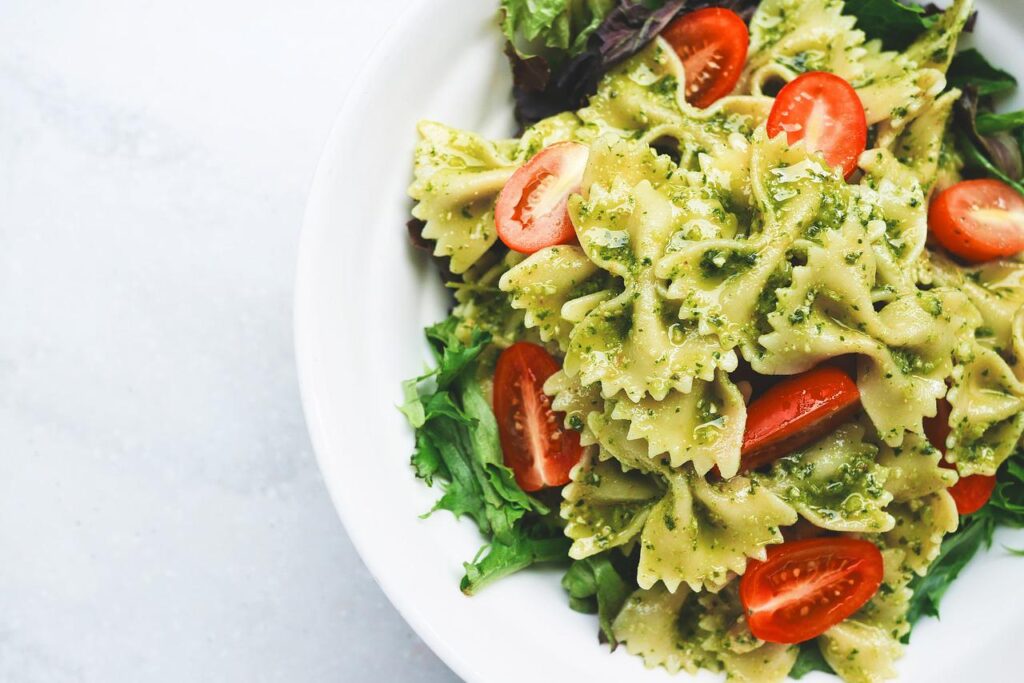Pasta Now Being Made With Robots?
Technology has taken over many parts of daily life, and now that may extend to include robots making pasta.
This article is more than 2 years old

Recently, restaurants have implemented AI to serve dishes and take orders. But, in an astonishing new twist, a Tokyo restaurant is utilizing robots to actually cook the food. E Vino Spaghetti, a newly opened restaurant in Tokyo’s Marunouchi neighborhood, has robots cooking the pasta dishes for all of its guests.
E Vino Spaghetti has a menu of eight different pasta dishes, each prepared exclusively by its robotic chefs. Pronto Corporation, a Japanese cafe operator, developed the AI with robotics firm TechMagic to make this food industry dream a reality. The robots are responsible for cooking the pasta, boiling the pasta water, and cleaning up their station after they’re done cooking. Though many might be afraid that AI could potentially take over human chefs, the Tokyo restaurant’s robots are incredibly rudimentary and can only perform a few specific tasks.
E Vino Spaghetti’s robots, called P-Robo, are supplied with four different cooking pans. Each pan is utilized for cooking efficiency, with P-Robo going through sequential steps with precision and ease. The process starts with the robot defrosting pasta, which takes 10 minutes. After that, the robot heats the pasta in a separate pan while adding sauce to the cooking process. The whole meat is complete in 75 seconds after defrosting, making it a miraculous completion. Apparently, these small robots can crank out 90 meals in under an hour. The mighty P-Robo can only cook pasta for now, but in the future, who knows what AI could create.
TechMagic CEO Yuji Shiraki elaborated on the pasta-cooking AI, exalting its impressive abilities. The main point of the P-Robo is to “reproduce the taste of a skilled chef,” Shiraki stated. The CEO also acknowledged how different countries are ahead of the automated car industry, but Japan may be the first to produce quality automated chefs. With a whole new industry under development, Japanese engineers and creatives could be sitting on a potential cash cow.
The P-Robo has been under development for over four years, with many models crafted before its final release. The robot working inside E Vino Spaghetti’s state-of-the-art kitchen is a fourth-generation model. Even though P-Robo is quite revolutionary in its cooking capabilities, there are a few kitchen jobs that can only be handled currently by humans. Restaurant staff at the Tokyo establishment still have to plate the food for the robot, as well as garnish the plate and deliver the order to the respective table. Other dishes outside of pasta also must be completed by human employees, with P-Robo’s hardware only able to cook spaghetti properly.
P-Robo’s co-developer Pronto wants to expand the robots to other restaurants nationwide. The company stated that it would like to see the P-Robos in 50 restaurants by the end of 2027, with the goal to supply automated cooking robots to restaurant chains that want to use the technology. Pronto elaborated on its website that employing robots could significantly lower food costs many restaurants have been decimated by. As costs for groceries, fuel, and transportation accelerate, using robots to cut restaurant costs aren’t the most unrealistic solution for an advanced society.



